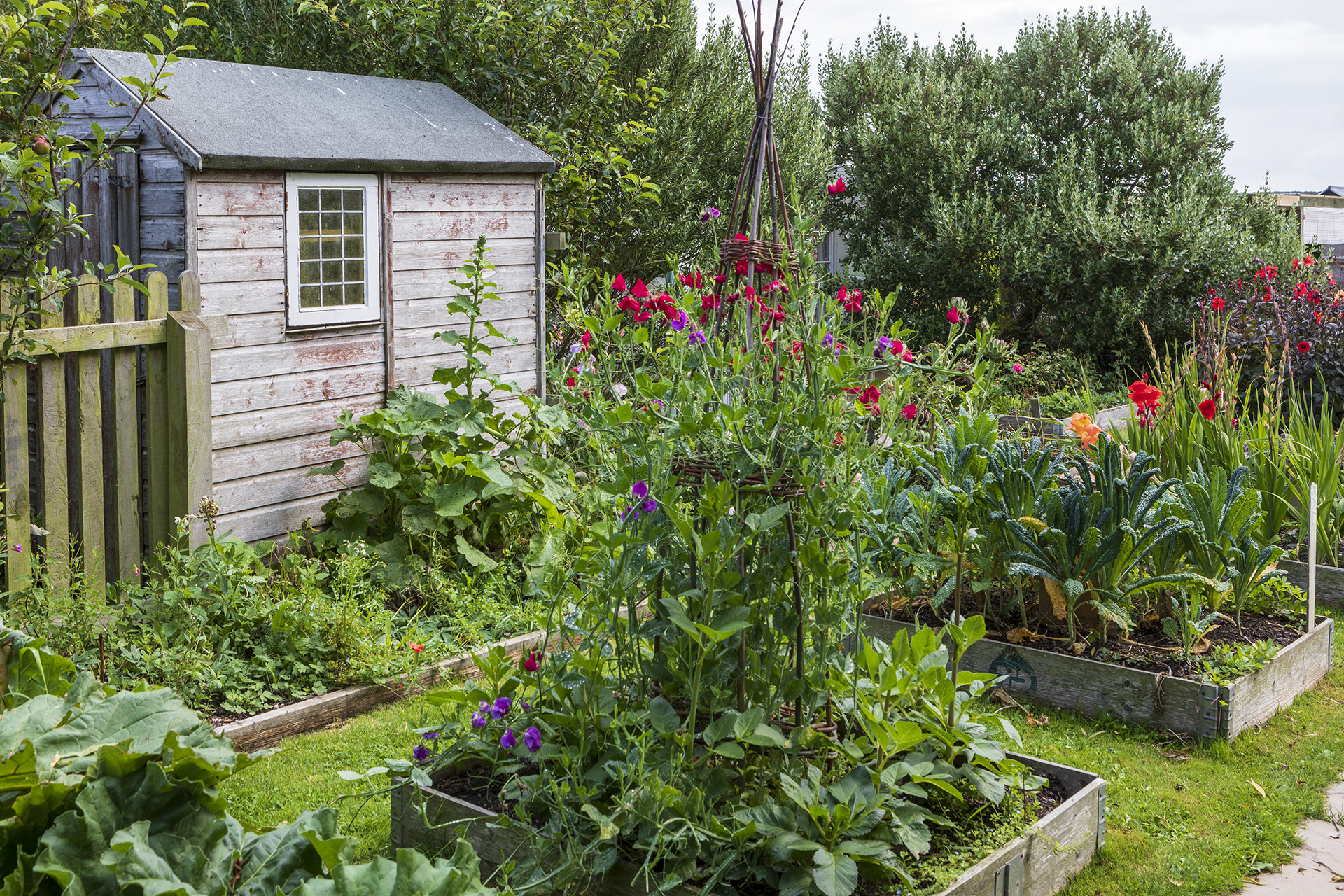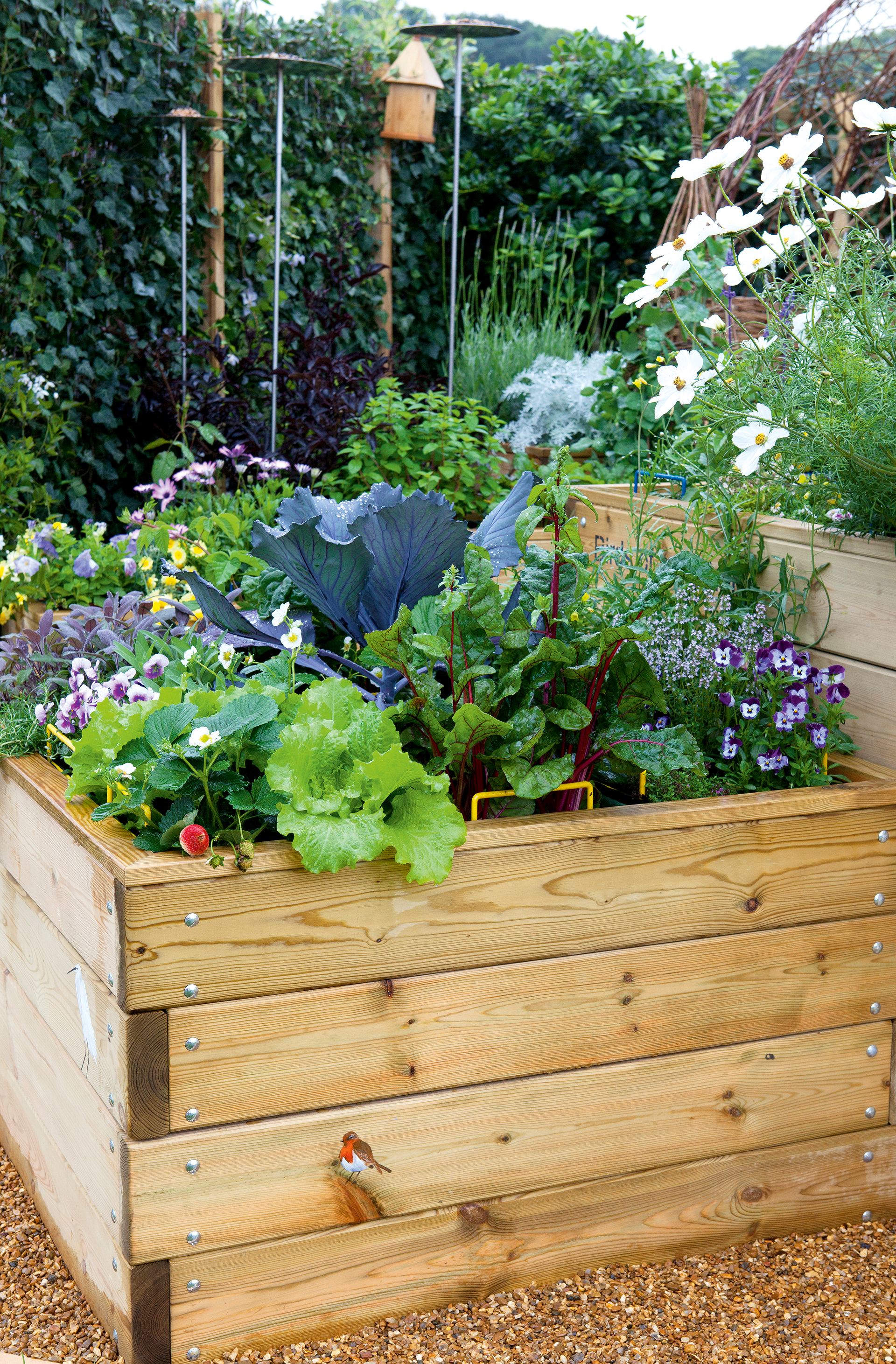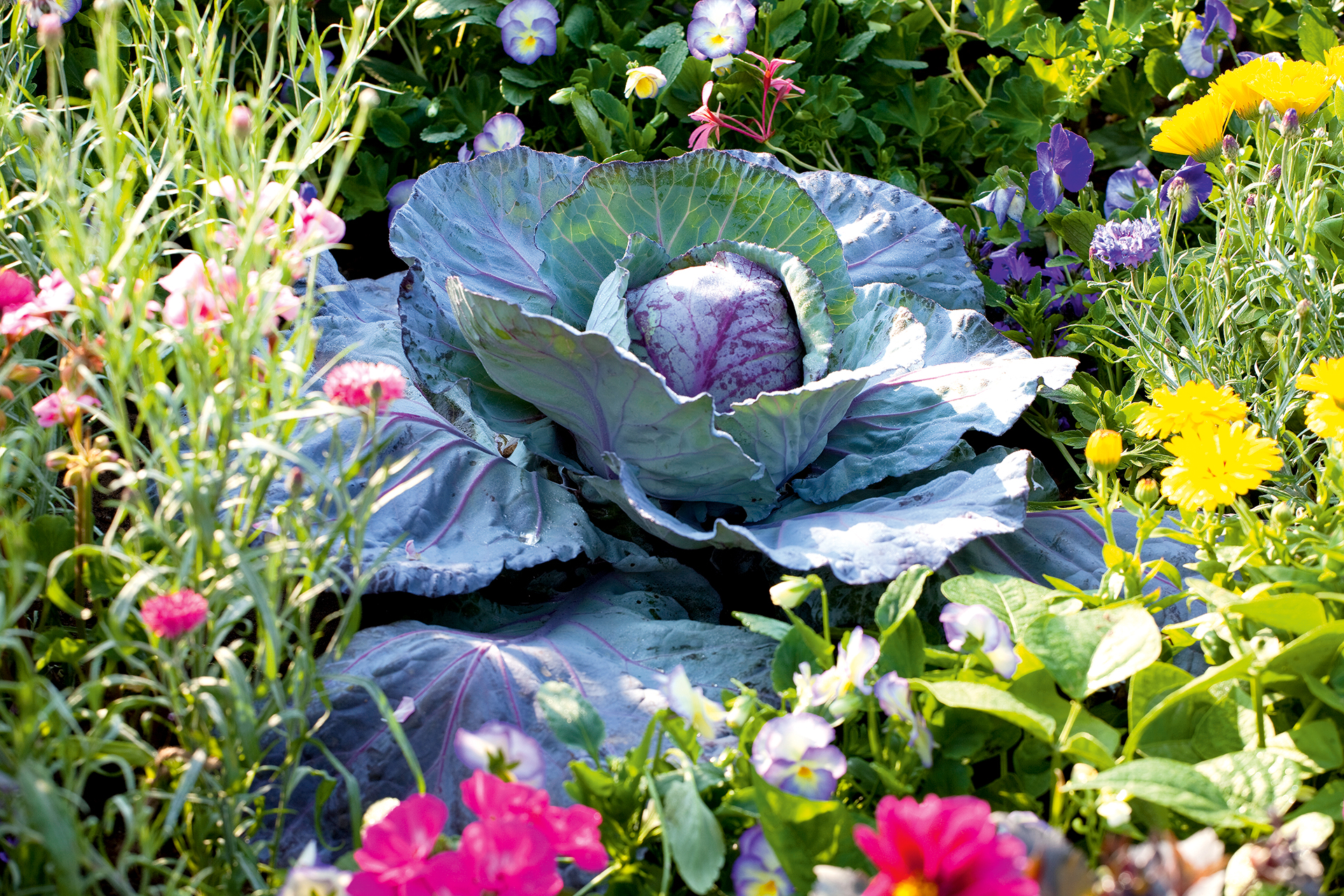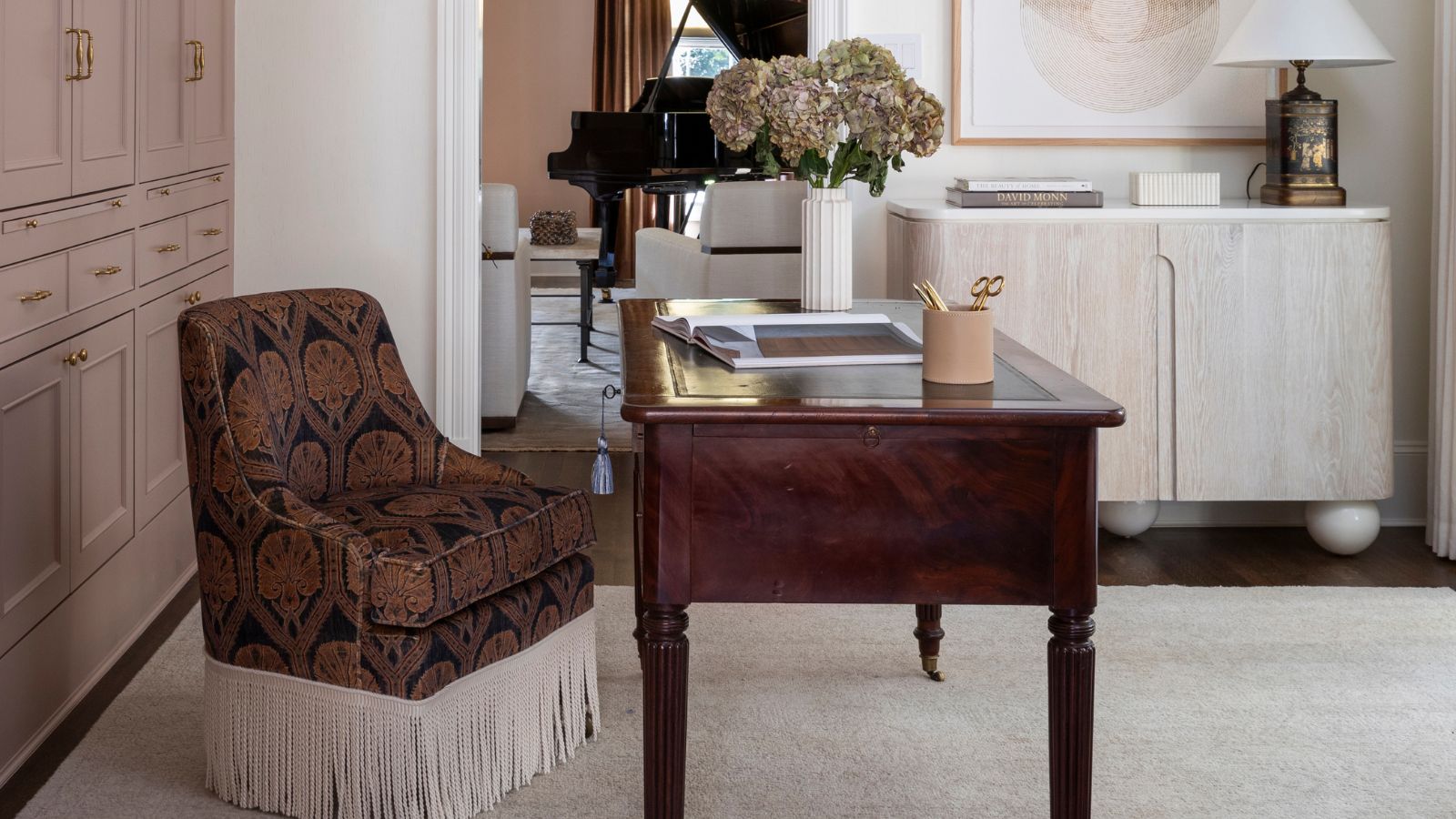3 succession planting tips from Joe Gardener – to give you the biggest, longest harvest ever
Succession planting can take your garden to a whole new level – here are the most important tips and tricks for making it work


Succession planting is a technique you can't ignore if you want to your luscious vegetable garden ideas to become reality. No matter what climate you live in, but especially if you live somewhere with defined seasons where fall and winter are cooler, succession planting can help maximize on your harvest – as well as keeping your garden looking great throughout the year, rather than just at peak summer.
Garden expert and presenter Joe Lamp'l – or Joe Gardener as he's known to viewers – knows all about the high reward of succession planting – 'you can harvest food grown in your soil for more of the year than you ever dreamed possible.'
Here are his top tips for using this technique successfully in your backyard.
1. Grow more than one variety of the same crop

Succession planting can be as simple as growing multiple varieties of the same vegetable, Joe explains in his blog. 'If you grow more than one variety of tomato, you are already a successional planter.'
The reason for this is that, more often than not, different varieties of the same crop will have different maturation periods and harvesting times, allowing you to prolong harvest season.
With potatoes, for example, planting just two varieties – Canela Russet and Yukon Gold – instead of one 'means you can harvest potatoes for weeks longer.'
See: How to grow potatoes – a step-by-step guide
Sign up to the Homes & Gardens newsletter
Design expertise in your inbox – from inspiring decorating ideas and beautiful celebrity homes to practical gardening advice and shopping round-ups.
2. Stagger sowing times of the same crop

This is another easy way to prolong your harvest – and ensure your garden doesn't begin looking sad at the end of summer. 'Sow one crop in May which could be ready to harvest in August, and sow the same variety in another area in July to be ready in October', Joe suggests. This technique works like a dream on herbs, lettuces, and many other garden crops that are fast-growing.
See: How to grow lettuce – plant and care for iceberg lettuce and other varieties
3. Interplant – but don't overplant

Joe recommends interplanting both to maximize on space in smaller gardens, and prevent that bare raised bed look you can get if you've planted a crop that 'can take several months to reach full size and begin to produce' – like cabbage.
Instead of enduring a bare bed for months, plant your cabbages with other vegetables that don't take as long to mature. 'While your cabbage is young and small, you could plant radishes in the open spaces – the gaps between your young cabbage sprouts. By the time your cabbage reaches full size, the radishes have been harvested out of the area.'
However, take care not to pack your plants too densely – this can stunt their growth, Joe warns. 'Broccoli is a great example of this. If your broccoli plants are packed too close together to accommodate their fully-mature size, the head will be stunted. Their spacing is a direct correlation to productivity. So, when you choose to experiment – do a bit of research first and note your results through the season.'
See: Small vegetable garden ideas – from layout designs to the best crops to grow
Every vegetable garden is an experiment, and succession planting is a great way to try growing your own in a more creative way. It looks great, more like a proper planting scheme, and it allows you to enjoy homegrown vegetables for months longer than you normally would. Definitely worth giving it a go, we think.

Anna is a professional writer and academic. She taught English Literature for several years before joining Future where she wrote for Real Homes, Homes & Gardens and Livingetc for four years. She is a regular contributor for Parade Home, BiggerPockets, and many other publications. In her spare time, Anna enjoys hiking and gardening.
-
 The rumours are true, the NYC trend for fringes and trimmings is actually happening – they are the secret weapon for making a room look expensive
The rumours are true, the NYC trend for fringes and trimmings is actually happening – they are the secret weapon for making a room look expensiveA trim or a ruffle is the finishing touch that can take a scheme from ordinary to the extraordinary in an instant
By Jennifer Ebert Published
-
 How to grow impatiens – garden experts reveal the secrets to growing this shade-tolerant, sparkling summer plant
How to grow impatiens – garden experts reveal the secrets to growing this shade-tolerant, sparkling summer plantBoth 'Busy Lizzie' and 'New Guinea' impatiens can thrive in shady yards
By Ellen Wells Published